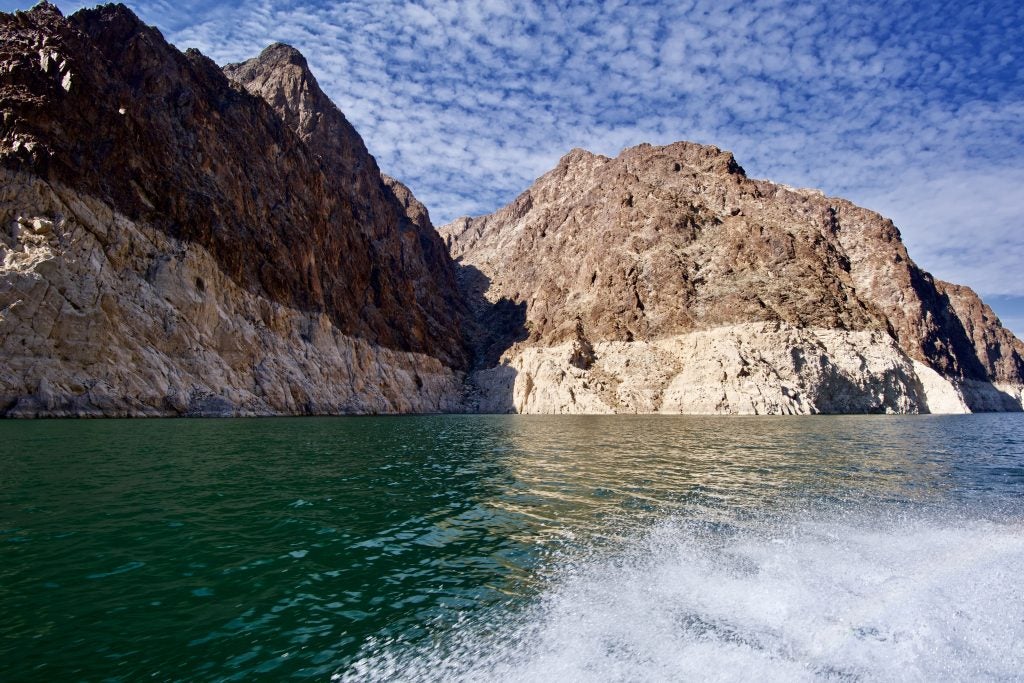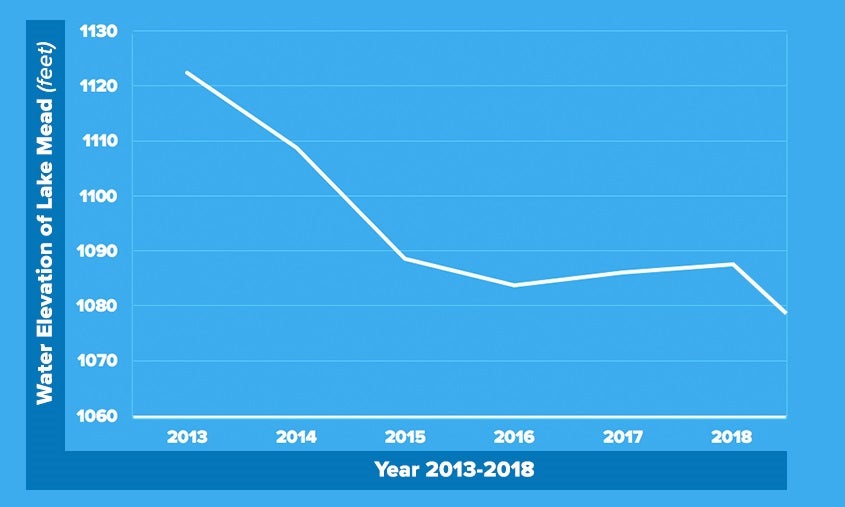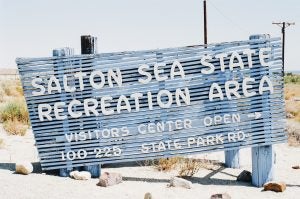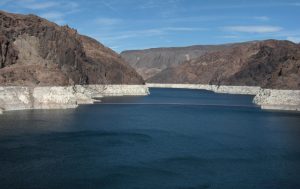The Colorado River is a water workhorse for seven western states, supplying drinking water to 40 million people. But it’s not the region’s only important source of water.
Groundwater — the water underground that we can’t see — is also hugely important in the Colorado River Basin. Groundwater provides base flow to rivers and streams, supports groundwater-dependent ecosystems, serves as the primary source of drinking water for many rural communities and plays a key role in water supply balance.
Unlike the Colorado River, which is governed by multi-state agreements, groundwater management is generally most appropriately carried out at the state and local level because groundwater availability is highly localized and variable throughout the basin.
However, gaining a strong understanding of groundwater availability and use across the Colorado River Basin is more critical than ever to managing the system-wide supply and demand balance and long-term planning, especially as the climate becomes increasingly arid. New Colorado River story map highlights importance of groundwater sustainability in the West Share on X
EDF created an online story map at www.edf.org/colorivgw. The story map aims to provide a more holistic view of groundwater supplies and challenges in the seven-state Colorado River Basin (Arizona, California, Colorado, New Mexico, Nevada, Utah and Wyoming), drawing from recent research.
Here are four key highlights from the story map that demonstrate the importance of groundwater and the challenges of groundwater management in the arid West: Read More














